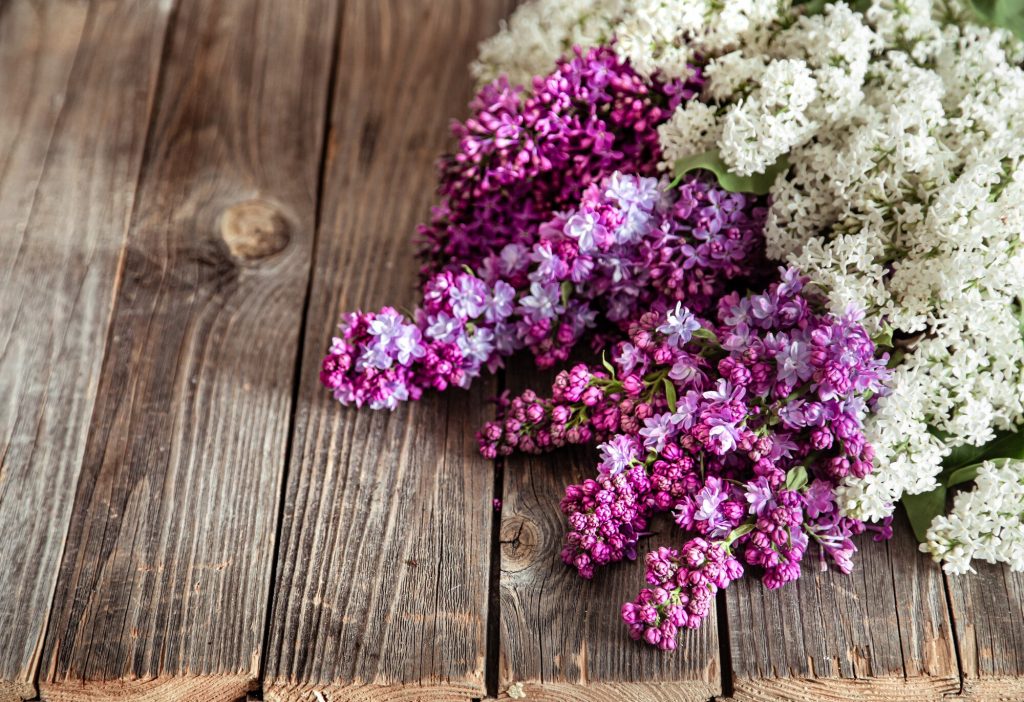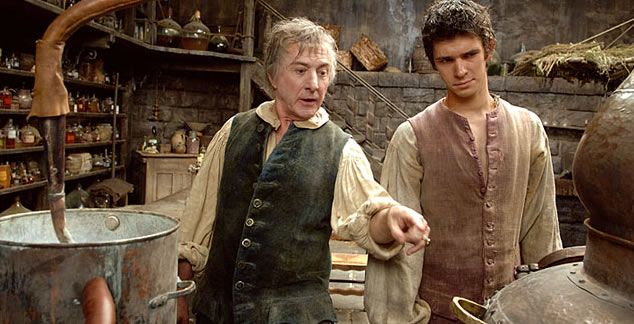Perfume is a powerful tool to express our personality, build our
self-image and engage with others. Fragrances, in fact, accompany us in everyday life and tell something about us, raising memories and feelings.
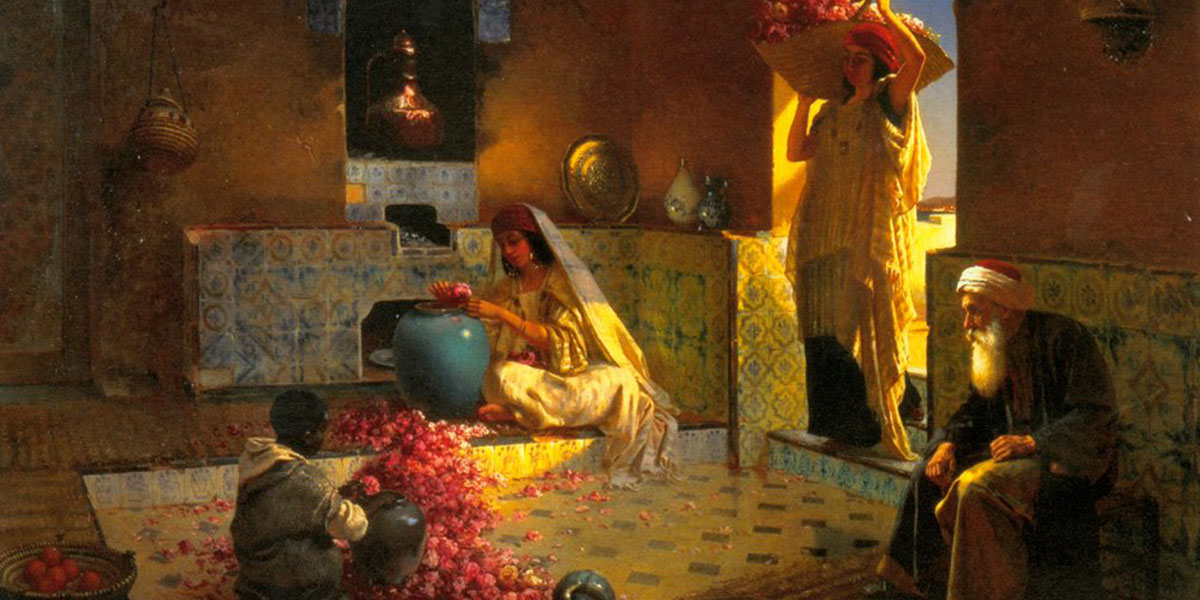
Origins of perfume
The history of perfume is definitely not recent. The origin of perfume is commonly attributed to the ancient Egyptians. They utilized scents to celebrate prayers and religious ceremony by burning essential oils, resin, and perfumed unguents. This practice had several functions. First, the oils and unguents burned were necessary to ensure divinities’ protection and benevolence. Besides, scents were also used to convey messages and prayers to the dead, to purify the body and to conduct embalming ceremonies.
Over time, scents were not only confined to the sacred aspects, but they were also introduced in daily hygiene. Already at the time of the ancient Egypt there was an intense trade of spices, aromas and resins that were abundant in Egypt but also imported from distant lands such as the Middle East, Arabia and the Indians lands. From these trades were imported fine woods, scented resins, myrrh and incense that made up some of the main ingredients of the scents of the time.
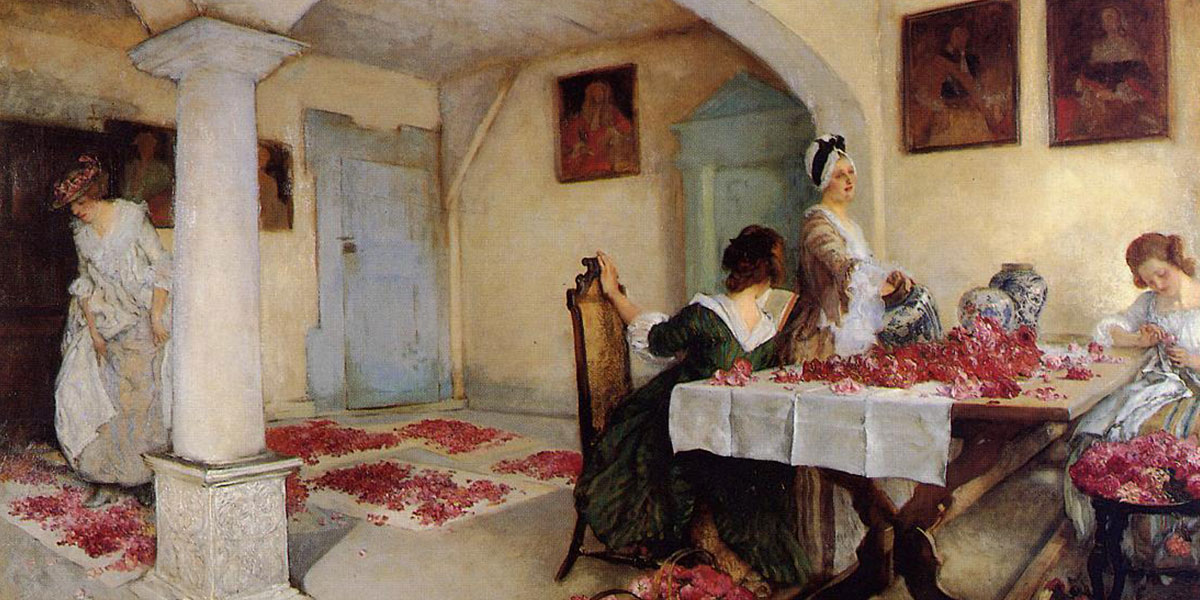
Reference
The sacred function of the scent is not lost in time though, and it goes on together with the secular one through the centuries.
The Book of Exodus gives a precious testimony of the use of perfume as sacred offerings in the Jewish religion. The same adoration of the
Magi narrated in the Bible demonstrates the importance of the gesture of offering sacred essences such as incense and myrrh. In addition, the perfume was used in religious ceremony to purify the body and as a real cosmetic.
Unguents, water and perfumed oils were obtained with slow process of maceration and extraction of essences from aromatic plants, woods and resins.
During the period of the ancient Greeks, the perfume leaves its religious rituals and begins to accompany everyday life of common
people. While continuing to accompany the sacred rituals and key moments like births, weddings and funeral ceremonies, perfume now also enters the profane sphere.
It’s linked to the myth of beauty and body care, and is precisely in this sense that it begins to play a fundamental role in everyday life.
Expeditions to the East through the Spice trade will then allow the discovery of new exotic and precious materials, facilitating an intense
perfume trade all over the world then known.
The Romans gathered the Oriental and Hellenistic heritage, and they keep associating perfumes both to the sacred and the profane sphere.
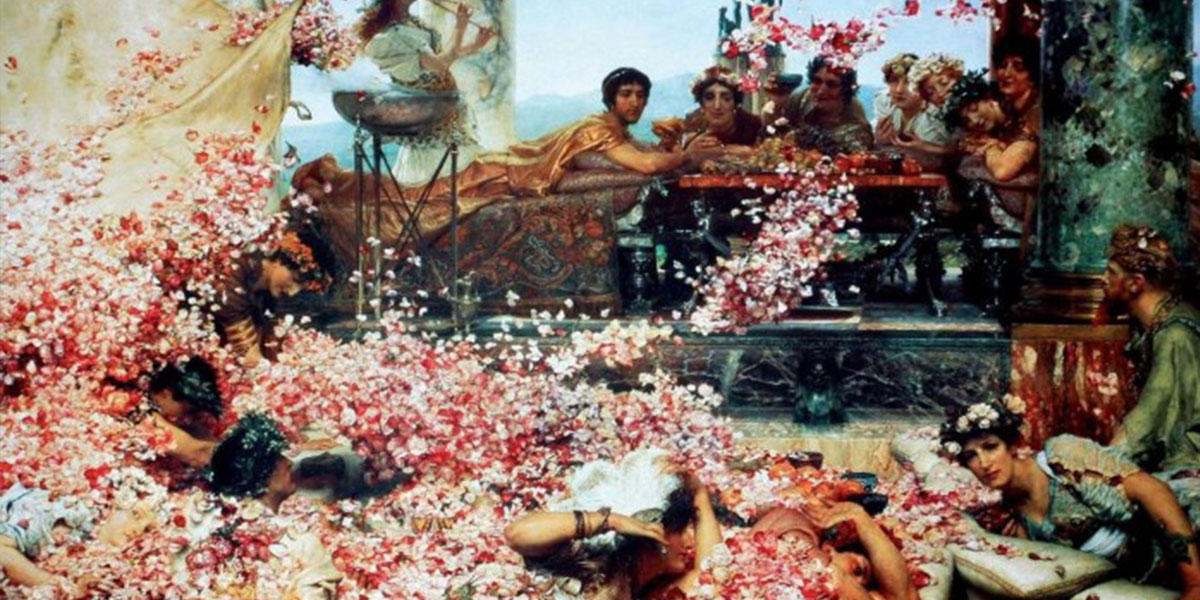
In Rome, thanks to the continuous conquests and expeditions, they begin to feel the influence of the different cultures and customs that become gradually assimilated. From Etruscans, for example, seems to derive the habit of burning essences in special containers or censers, to spread the perfume during playful moments, dances and funeral rites. It is especially in the Roman domus that the spread of fragrances begins to accompany daily convivial situations and banquets. But even outside the private context, access to Roman baths allowed anyone to wash and apply perfumed oils and unguents. One of the most important innovations attributed to the Romans is the use of blown glass containers for perfumes. This material is odorless and easy to shape, so glasses could be made in different shapes and colors and perfect to contain the first cosmetics and scented oils.
Perfume continues to play a key role also in the Oriental culture, thanks to the reciprocal influences between Western acquisitions and Arab scientific knowledge. In particular, amongst the Arabs it is common to use fragrances for personal use, to accompany purification rituals or as an air freshener. Arabs are also the inventors of the alembic and responsible for the diffusion throughout Europe of the ancient art of distillation. From this special and scent land many essential oils come from. The most common oil was rose water, used to perfume the house and to purify people in religious places and to prepare food and drink. Chemistry and alchemy discoveries allowed Arabs to export valuable raw materials around the world and thus control fragrance and perfume trade for many centuries.
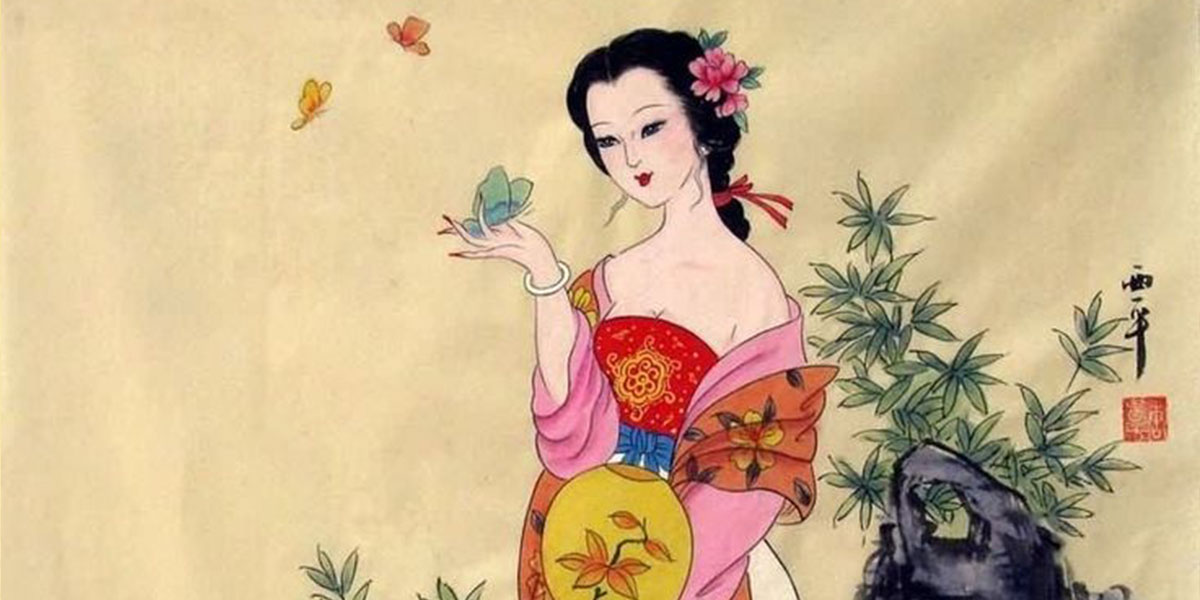
The history of perfume involves also the Far East. From these lands, which were for a long time unknown to the western civilizations and provided with an exotic and mysterious charm, derive aromas, spices, silk and other precious goods.
In Chinese culture, those who emanated a good aroma were appreciate, so it was common use to apply pleasing perfumes such as patchouli and the so-called “Chinese Violet” or corded Telosma, which had an intense and very relaxing aroma. In Japan the most popular scents were camellia, cherry blossoms and incense, also used in the West culture to accompany the sacred rituals. Around these aromas, Japanese culture developed elaborate rituals and traditions such as tea ceremonies and incense or Koh-do.
Meanwhile in the West, after the fall of the Roman Empire in the 5th century A.D. and the beginning of barbarian invasions, part of the scientific knowledge acquired in the previous centuries was lost. Thanks to the intense trade with the East, the history of perfume continues throughout the dark ages at the beginning of the Middle Ages. Incense continues to be used even outside of Catholicism’s sacred rituals, and the aromas are exchanged as precious gifts among the élites. As a consequence of the Crusades, the trade of perfumes thrive again from the East to the West, and the commerce of precious goods in Europe mainly passes from Venice. Flowers, aromatic plants and essential oils were used to scent both water for the bath and the water to wash hands before a meal. Especially in the dining rooms there was a water basins with rose or violet petals, and sage, chamomile or rosemary were also used for infusion. Upper class ladies used to wear lavender and violet essences or hid fragrant bags under their robes. Another very popular device was the pomander, a small metallic container hung to the neck which spread natural aromas such as nutmeg and lavender.
These were very common objects for any social classes at that time. They were used mainly to try to hide a bad hygiene and also because they had the supposed power to keep away the plague that came to Europe in the 14th century. For the same therapeutic purpose, fumigations and scents were used inside houses, burning laurel or rosemary.
The invention of distillation allowed to replace the oil with alchol as a perfume carrier. The products of this new alcoholic perfume era were mostly rose or orange scented waters..
Perfume in Western cultures
Perfumery art experienced a huge progress in the Renaissance thanks to increased knowledge in the chemical field and the improvement of distillation techniques. Essences and aromatized waters were used as a cure for some diseases, but their main purpose was to perfume the body, environments and also leather accessories such as gloves and belts. The discovery of the New World and the India Way brought to Europe vanilla, cocoa, cinnamon and ginger.
These precious commodities, in addition to the ones already available in the Mediterranean area, were used by Spanish and Italian perfumers, who soon began to move to France as well.
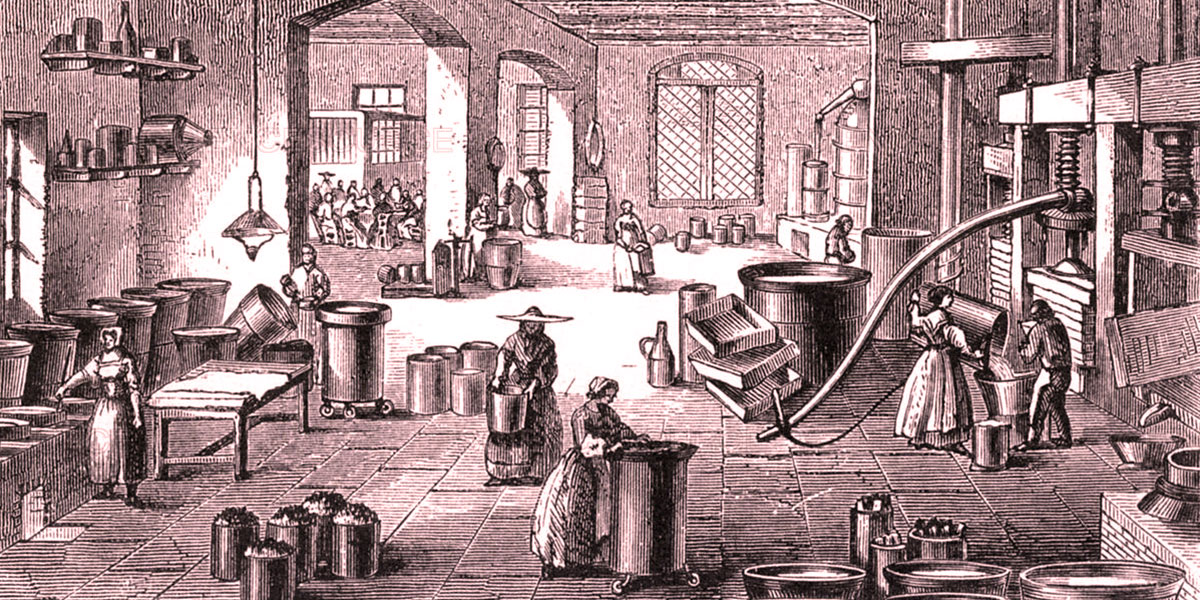
In particular, Italian perfumers spread to France thpersonal fragrances trend. In Venice, in the meantime, a thriving trade of precious spices and aromas had developed, which soon made Italy the leading destination for luxury perfume.
It is reported that at the end of 1600 the peddler Giovanni Paolo Feminis invented “Aqua Mirabilis”, a drinkable water believed to be able to heal from any disease. After moving to Cologne, he began to produce and trade this renowned perfume based on over 20 different essences with the name of “Cologne Water”. After a few this product began to spread to France and throughout Europe as “Eau de Cologne” and was used as a tonic and perfume.
During 1700 in France the production of perfumed leather accessories such as footwear, gloves and belts is a growing business. The most appreciated essences for this use were pink, tuberous and jasmine.
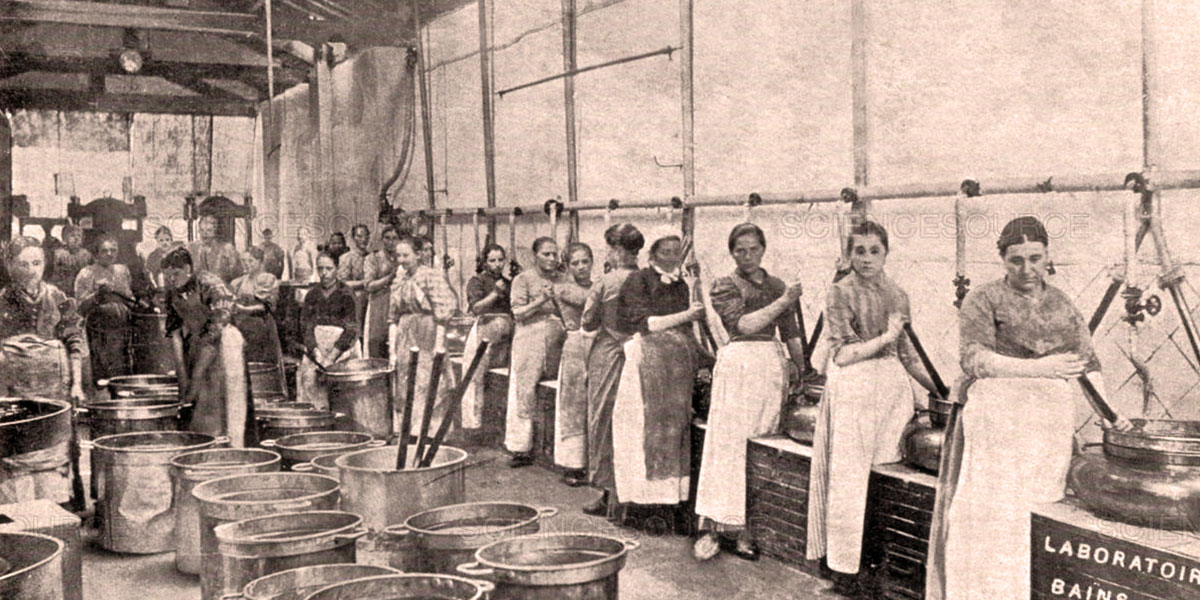
In this era, a new “smell perception” is born, and it’s more delicate and natural. People began to be more keen to hygiene. This trend can be easily found both with the creation of rooms dedicated to toilet and bathroom, as well as the general preference of delicate and refined floral fragrances, such as those made in Grasse and throughout France. People began to focus on seduction and ostentation, which brought to the growth of elegant glass bottles for perfumes, candy boxes, fancy pommander and pot pourri to spread ambient perfumes.
Finally, the invention of artificial soda allowed to greatly improve the quality of solid soaps. These perfumery’s products used to be made by chemical reaction of natural soda and olive oil, and were produced in the major Mediterranean ports such as Genoa, Savona, Venice and Marseille. In 1800 the Italian fragrance trading, confined up to then into the back of the barberies, went through some large Perfume Stores such as Bertelli in Milan, Paglieri in Alessandria and Puglisi & Manara in Palermo.
At the beginning of the 19th century, after the French Revolution, French society devoted itself to an unbridled luxury that made Paris a fashion international capital. Thanks to the trading’s liberalization, a very profitable period of production of perfume began, loved by either the emperors and ordinary people.
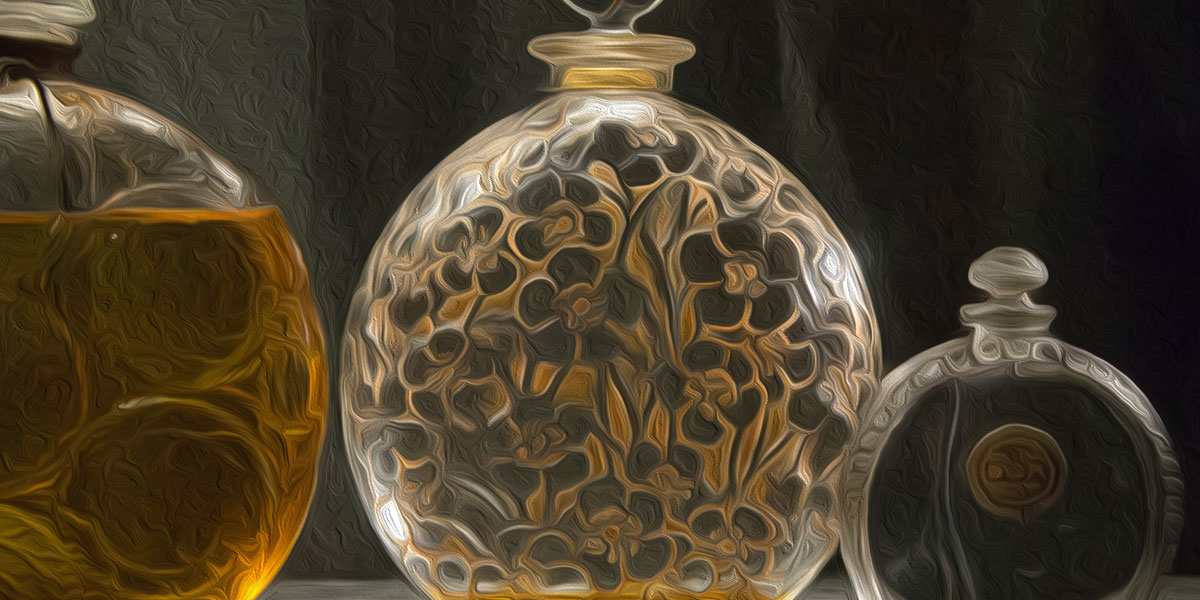
In the history of perfume appears the names of boutiques and maison perfumers still known today, such as Guerlain, Bourjous, Roger & Gallet and Molinard, which often supplied personally royals and emperors
Furthermore, chemical discoveries lead to the synthesis of particular perfume molecules that will enable the creation of innovative and high quality fragrances. The intense and sensual scents were based on musk, patchouli or heliotropic, while the floral waters based on rose, jasmine or lily were more delicate. Moreover, big brands began to create cosmetics lines for theater and women’s toilets.

